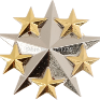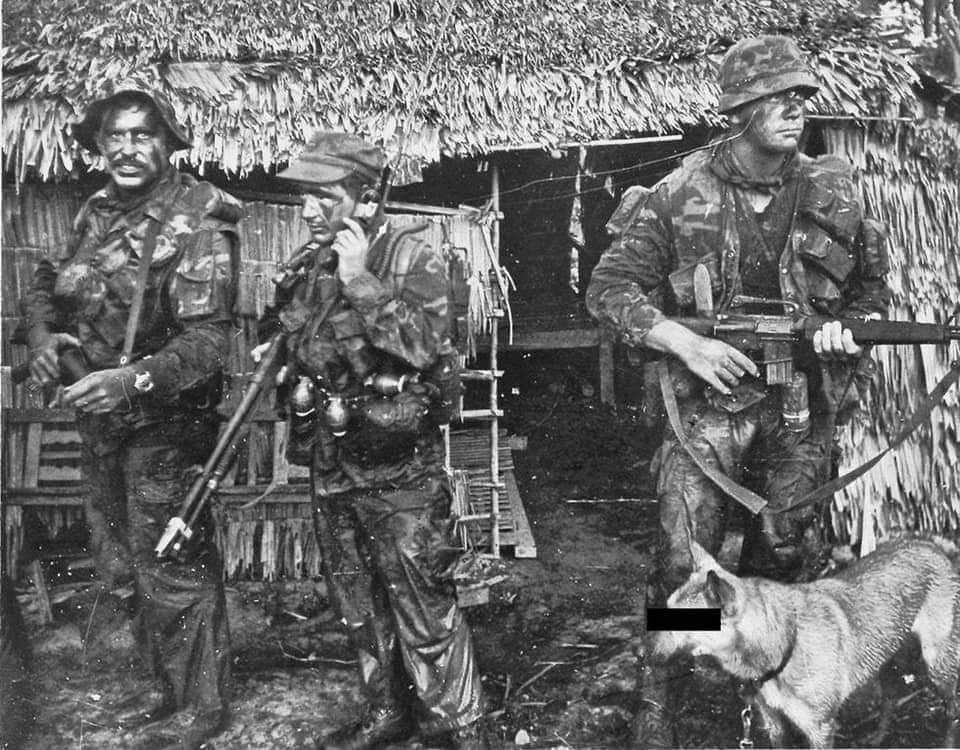SEALS Vietnam 1968.
- Welcome to the PBS GAMETEAM's website, WE ARE RECRUITING. JOIN US and get a FREE VIP slot on our servers! -
- Our Thanks to Adaari, balz, hal, Bron,Yordy,Jonathan,Jozsef,BradJerney, wenz,Martin,Barry,chris, Ruben, Itsvan, Marko, Lan, Valter, Erik, joe, Matthew, Alois, Graig, Jason, caveman,Edwards, Jaimie, Ondre, Toby,Google, Phill, Gchrome,cramer,Rick,Jermey, lucas, kold, Roberto, Farq,Xiaton, Karlo, Rainman, Erik, Andrea and a very special thanks to our great premium members: Pon, Smekkes, Muttonchop,Krabbepote, Stoommeester, arjan, Xillax, Kapsta, Alexander,Duck, HausserBG, Bravecoward, Reint,Bas,Batuhan, Gunnar,Nuttycake,CJ Mini,tworooms,Jeffrey, Swag, Waverider, Sheepfarmer and Oberfield!for supporting the PBS GAMETEAM! -
- Do you like our servers or site? Support us on this page -
- Do you have a question? contact us -
- Join our Discord! -
- Check our latest news about our PBS games on this link -
- Would you like to donate for our servers? Please check this link -
- We are the best HLL, ARMA, BB, RS2, MW3 community out there! Sign up today! -
- Like us on Facebook! -
- Like us on Twitter! -
- We have many new wars! Check and signup here pls -
- Join our latest community event #here! -
- This topic has 0 replies, 1 voice, and was last updated 4 years, 9 months ago by
 Powerbits.
Powerbits.
-
AuthorPosts
-
-
30/08/2020 at 21:40 #50642
Birth of Navy SEALs and the Vietnam War
Main article: Vietnam WarPresident John F. Kennedy, aware of the situation in Southeast Asia, recognized the need for unconventional warfare and special operations as a measure against guerrilla warfare. In a speech, to Congress, on 25 May 1961, Kennedy spoke of his deep respect for the United States Army Special Forces. While his announcement of the government’s plan to put a man on the moon drew most of the attention, in the same speech he announced his intention to spend over $100Â million to strengthen U.S. special operations forces and expand American capabilities in unconventional warfare. Some people erroneously credit President Kennedy with creating the Navy SEALs. His announcement was actually only a formal acknowledgement of a process that had been underway since the Korean War.[45]
The Navy needed to determine its role within the special operations arena. In March 1961, Admiral Arleigh Burke, the Chief of Naval Operations, recommended the establishment of guerrilla and counter-guerrilla units. These units would be able to operate from sea, air or land. This was the beginning of the Navy SEALs. All SEALs came from the Navy’s Underwater Demolition Teams, who had already gained extensive experience in commando warfare in Korea; however, the Underwater Demolition Teams were still necessary to the Navy’s amphibious force.[6]
The first two teams were formed in January 1962[46] and stationed on both US coasts: Team One at Naval Amphibious Base Coronado, in San Diego, California and Team Two at Naval Amphibious Base Little Creek, in Virginia Beach, Virginia. Formed entirely with personnel from UDTs, the SEALs mission was to conduct counter guerilla warfare and clandestine operations in maritime and riverine environments.[9] Men of the newly formed SEAL Teams were trained in such unconventional areas as hand-to-hand combat, high-altitude parachuting, demolitions, and foreign languages. The SEALs attended Underwater Demolition Team replacement training and they spent some time training in UDTs. Upon making it to a SEAL team, they would undergo a SEAL Basic Indoctrination (SBI) training class at Camp Kerry in the Cuyamaca Mountains. After SBI training class, they would enter a platoon and conduct platoon training.
According to founding SEAL team member Roy Boehm, the SEALs’ first missions were directed against communist Cuba. These consisted of deploying from submarines and carrying out beach reconnaissance in a prelude to a proposed US amphibious invasion of the island. On at least one occasion Boehm and another SEAL smuggled a CIA agent ashore to take pictures of Soviet nuclear missiles being unloaded on the dockside.[47]
The Pacific Command recognized Vietnam as a potential hot spot for unconventional forces. At the beginning of 1962, the UDTs started hydrographic surveys and along with other branches of the US Military, the Military Assistance Command Vietnam (MACV) was formed. In March 1962, SEALs were deployed to South Vietnam as advisors for the purpose of training Army of the Republic of Vietnam commandos in the same methods they were trained themselves.
The Central Intelligence Agency began using SEALs in covert operations in early 1963. The SEALs were involved in the CIA sponsored Phoenix Program where it targeted key North Vietnamese Army personnel and Vietcong sympathizers for capture and assassination.
The SEALs were initially deployed in and around Da Nang, training the South Vietnamese in combat diving, demolitions, and guerrilla/anti-guerrilla tactics. As the war continued, the SEALs found themselves positioned in the Rung Sat Special Zone where they were to disrupt the enemy supply and troop movements and in the Mekong Delta to fulfill riverine operations, fighting on the inland waterways.
SEALs on patrol in the Mekong DeltaCombat with the Viet Cong was direct. Unlike the conventional warfare methods of firing artillery into a coordinate location, the SEALs operated close to their targets. Into the late 1960s, the SEALs were successful in a new style of warfare, effective in anti-guerrilla and guerrilla actions. SEALs brought a personal war to the enemy in a previously safe area. The Viet Cong referred to them as “the men with green faces,” due to the camouflage face paint the SEALs wore during combat missions.[48]
In February 1966, a small SEAL Team One detachment arrived in Vietnam to conduct direct action missions. Operating from Nhà Bè Base, near the Rừng Sác Special Zone, this detachment signaled the beginning of a SEAL presence that would eventually include 8 SEAL platoons in country on a continuing basis. SEALs also served as advisors for Provincial Reconnaissance Units and the Lein Doc Nguio Nhia, the Vietnamese SEALs.[9]
1st Presidential Unit Citation awarded to SEAL Team TWO for extraordinary heroism in Vietnam from July 1967 to June 1969.SEALs continued to make forays into North Vietnam and Laos, and covertly into Cambodia, controlled by the Studies and Observations Group. The SEALs from Team Two started a unique deployment of SEAL team members working alone with South Vietnamese Commandos (ARVN). In 1967, a SEAL unit named Detachment Bravo (Det Bravo) was formed to operate these mixed US and ARVN units, which were called South Vietnamese Provincial Reconnaissance Units (PRUs).
Presidential Unit Citation awarded to SEAL Team TWO for extraordinary heroism in Vietnam from July 1969 to June 1971.By 1970, President Richard Nixon initiated a Plan of Vietnamization, which would remove the US from the Vietnam War and return the responsibility of defense back to the South Vietnamese. Conventional forces were being withdrawn; the last SEAL platoon left Vietnam on 7 December 1971, the last SEAL advisor, left Vietnam in March 1973. South Vietnam fell to North Vietnamese communist forces in April 1975. The SEALs were among the highest decorated units for their size in the war, receiving by 1974 one Medal of Honor, two Navy Crosses, 42 Silver stars, 402 Bronze Stars, two Legions of Merit, 352 Commendation Medals, and 51 Navy Achievement Medals[49] Later awards would bring the total to three Medals of Honor and five Navy Crosses. SEAL Team One was awarded three Presidential Unit Citations and one Navy Unit Commendation ; SEAL Team Two received two Presidential Unit Citations.[50] By the end of the war, 48 SEALs had been killed in Vietnam, but estimates of their kill count are as high as 2,000. The Navy SEAL Museum in Fort Pierce, Florida, displays a list of the 48 SEALs who lost their lives in combat during the Vietnam War.[51]
-
-
AuthorPosts
- You must be logged in to reply to this topic.






